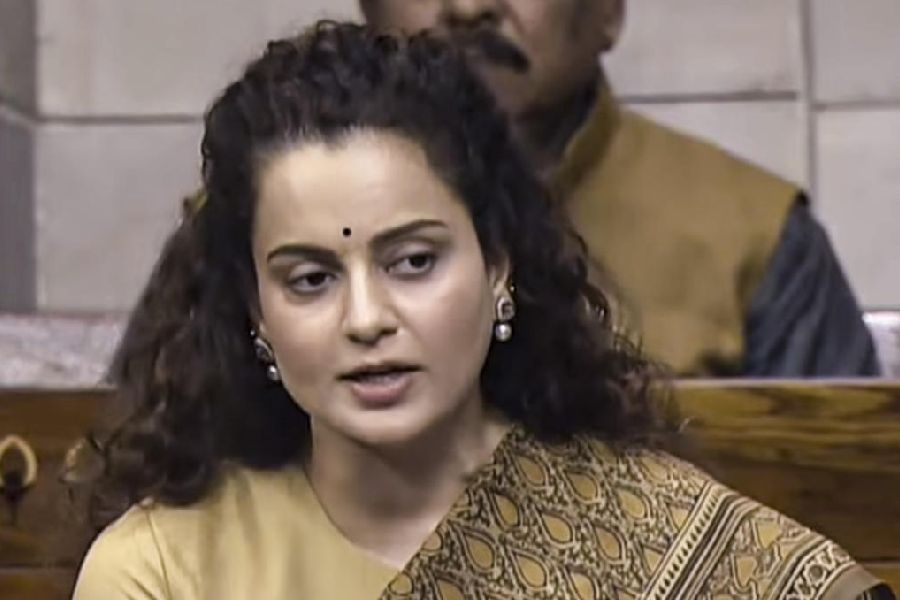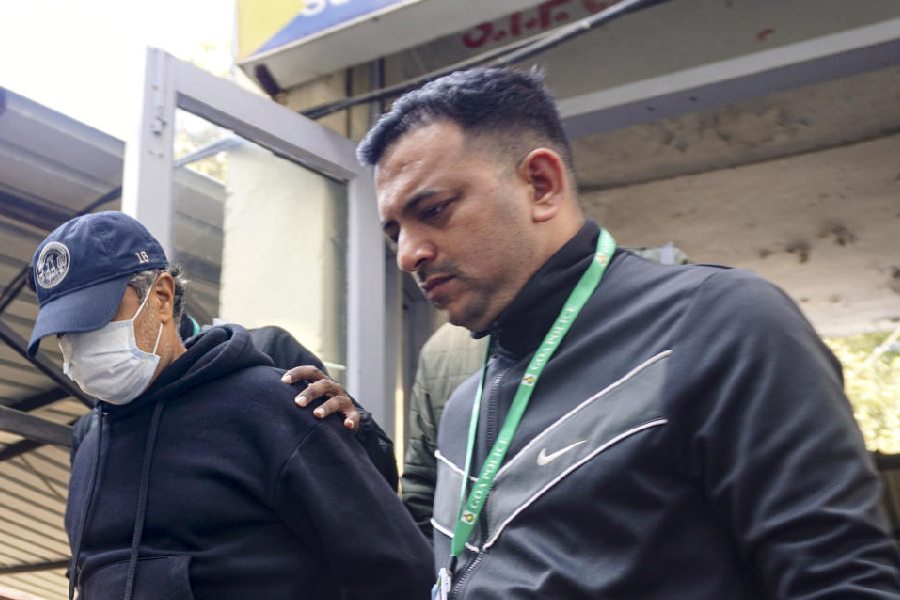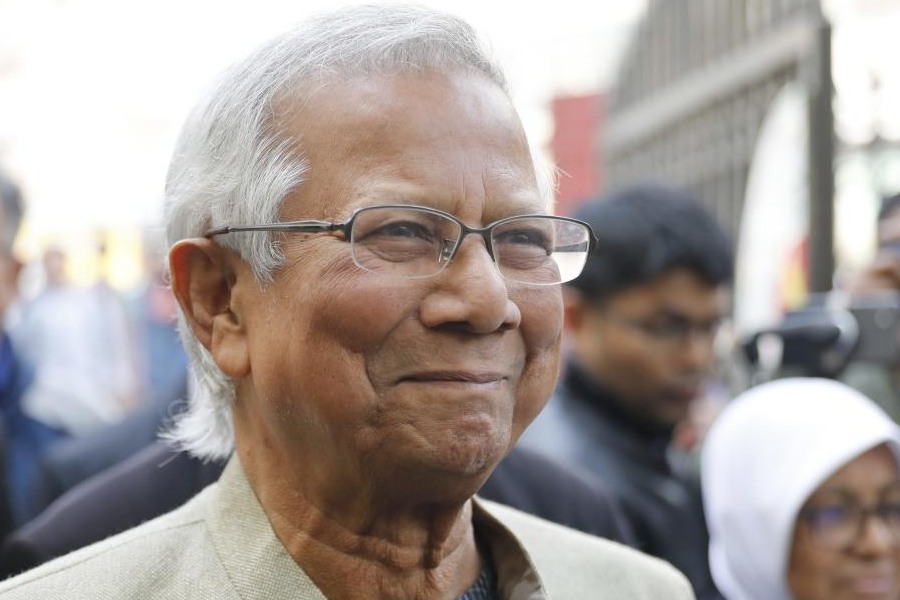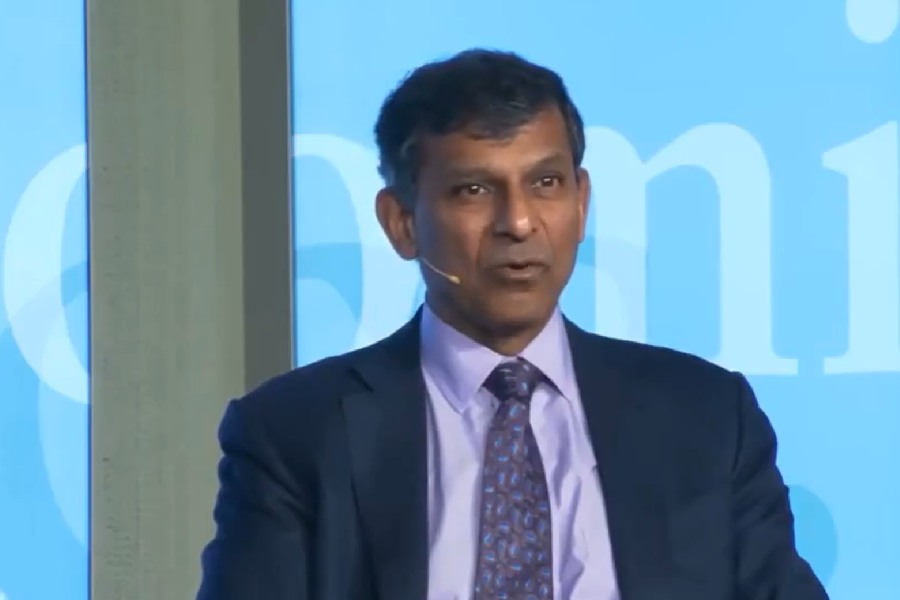Social media has endangered millions of women in India, exposing them to all forms of cyber harassment that has been on a dangerously constant rise.
According to the NCRB data from the last five years, between 2019 and 2023, cyber stalking and bullying of women has almost doubled in numbers. So has morphing of images and cyber blackmailing. And this data is only taking into account the reported cases.
That this trend of cyber harassment is happening in rampant numbers, more frequently than you think, and in various forms to millions of women, especially teenagers and young adults.
But first, it is imperative to understand what comes under cyber harassment. It includes derogatory comments, sharing of private images, cyberbullying, sexual threats, deepfakes or morphed images and videos.
Here are some of the heinous cases of online harassment of women that happened in recent years.
Bois Locker Room
In 2020, an instagram group chat, filled with male students from Delhi’s elite schools, was used to share obscene images of underage girls without consent, along with offensive comments ranging from body shaming to jokes on sexual assault and rape.
Clubhouse App
During COVID, Clubhouse had become the new social media platform where everyone was on. It however, also became a platform where men auctioned off parts of women’s bodies for around two hours to an audience of 200 users.
The women targeted were primarily Muslim women. Some of the victims alleged that they were being harassed on the app for months.
The harassment has been particularly worse towards Muslim women in India.
Sulli Deals
In 2021, over 80 Muslim women described as “deals of the day” were put up for a mock auction using fake profiles created using their publicly available photos.
Bulli Bai
Within a few months, over 100 women faced the same harassment. The whole motive behind these was to degrade and humiliate Muslim women.
Deepfakes
By 2023, as AI started to become a household term, morphing of photos and videos became the online trend. While on the surface it might have seemed harmless, but the repercussions of it reached far deeper.
Remember the viral Rashmika Mandanna deepfake video? And those of other Bollywood celebrities?
In June, a man was arrested from Karnatake for allegedly blackmailing over 300 women across India using fake IDs in the names of 100 women. He would befriend women on Instagram, request obscene video calls, and if they refused, create fake accounts to post morphed content and defame victims.
While these cases did come to the limelight, there are thousands of WhatsApp and especially Telegram groups like the bois locker room, where such cyber harassment is taking place. And this digital abuse operates largely in the shadows of mainstream media platforms.
In college and university groups, such behaviour often serves as “visual gossip”, which in several cases goes a few steps further. Such visual gossip groups are one too many among university going students. In Mumbai’s Andheri college, a 20-year-old student shared his girlfriend’s private photos with his friends, who used those images to threaten and extort money from her.
We have reached a stage where no one, especially women, are not digitally safe. Every living moment, a woman with an active social media presence risks having that photo morphed, and / or shared non-consensually on groups that she doesn’t even know exists.
While in recent years, cyber harassment is gradually becoming a part of policy discussions and the law-making process, it must be taken into account the social stigma associated with such crimes which discourages women, especially minors and young adults from coming forward and reporting such cases.
Addressing this digital crisis requires coordination between the tech platforms, educational institutions, law enforcement and civil society. Otherwise, these hidden networks of harassment will continue to silence women’s voices, limit digital participation, and perpetuate cycles of gender-based violence in India’s rapidly digitalizing society.









